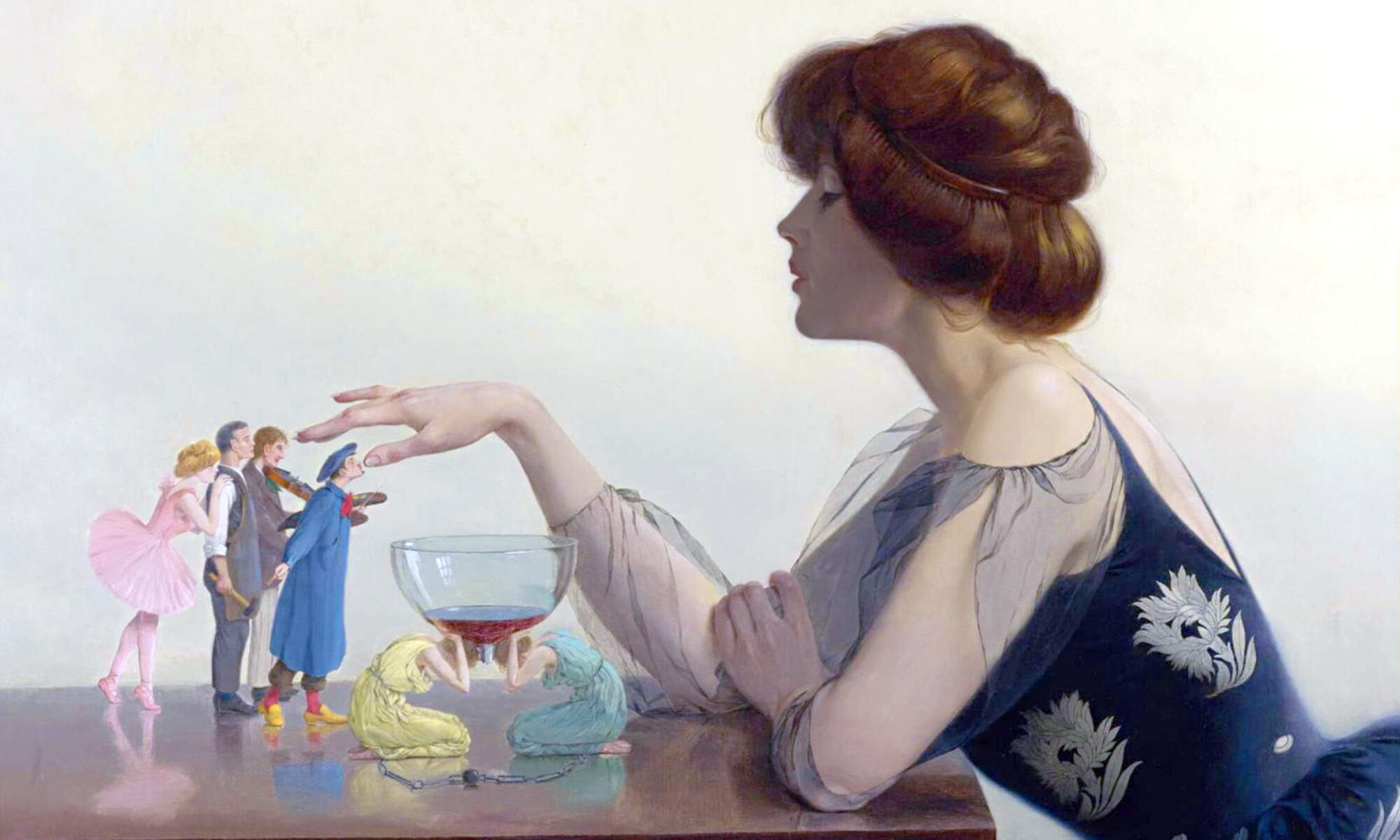For the last two days, I have been chuckling aloud while reading from Whom to Marry and How to Get Married, by Henry and Augustus Mayhew and illustrated by George Cruikshank. It’s the tale of Lotty De Roos’s tribulations as she tries to find a suitable husband. The book was published in 1848, but the story opens in 1832. If you are a fan of Regency and Early Victorian romps, you will enjoy this book, especially the word usage and details of daily living.
I told my mother about the book and promised to post an excerpt. I have just finished reading Chapter Three or “Offer Three” and decided to post the initial scenes from that chapter. In it, Lotty and her mother go on holiday to Brighton. Enjoy:
OFFER THE THIRD.
THIS WAS AS GOOD AN OFFER AS ANY YOUNG GIRL COULD REASONABLY EXPECT — IT SEEMED TO PROMISE VERY FAIRLY INDEED AT ONE TIME, BUT THE COURSE OF TRUE LOVE (AS THE READER VERY WELL KNOWS) NEVER DID RUN SMOOTH, AND MINE MET WITH SO MANY OBSTACLES, THAT UPON MY WORD IT WAS A PERFECT CASCADE OF CALAMITY.
About this period, I found I began to take longer and longer to dress; and yet, whatever time I might have been at my toilet, still I was never thoroughly satisfied with myself when I was forced to finish it. I would sit by the hour before my glass, doing my hair in all kinds of ways: first, trying how I looked with it curled like Mamma’s, en saucisson. When I fancied that was too matronly for me, doing it in two small bunches of ringlets, and immediately afterwards brushing them out again, when I thought of their getting out of curl, and hanging down each side of my face like spaniels’ ears. Then I’d turn it all back “a la Chinoise” so as to show off my forehead, with two little pets of “accroches cceurs” gummed to my cheek bones, till I declare my head looked as round and sleek as a bird’s. If that didn’t please me, I’d pull it all down again, and set to work, first doing it “en bandeaux” or else in braids, or else “a la Madonna” and sometimes wishing to gracious that I had only wetted my front hair, and plaited it tight over night, so as to have given it a beautiful wavy appearance, and made it look as if it had a natural curl in it. After this, I’d tell our Mary I thought, as there was going to be no one particular to dinner, I’d wear my aventurine merino; and then, before she’d time to get it out No, I wouldn’t. As I looked rather pale, I might as well put on my pink striped mousseline de laine ; and as soon as I had got that on, and taken a peep at myself in the glass, I’d change my mind again, and determine to wear my beautiful silk Macgregor plaid, especially as somebody might drop in the evening, and the body of that old mouslin was so shockingly high, that I shouldn’t like any visitor to see me in it. And then, when at last I was dressed, first this band didn’t seem to go well with it, then that one wouldn’t do a bit better; and now this worked collar didn’t please me, and next I could never wear that fichu : and so I would go on fiddle-faddling over my looking-glass until the upstairs bell had rung at least half a dozen times for dinner. Even then, though I knew they must have finished the soup, and that I should catch it for being late, still I couldn’t, for the life of me, help slipping into Mamma’s room on my way down, and just arranging her two beautiful cheval glasses one in front of the other, so as to see myself both before and behind, and to satisfy myself that my skirt looked as nice and full as I liked.


